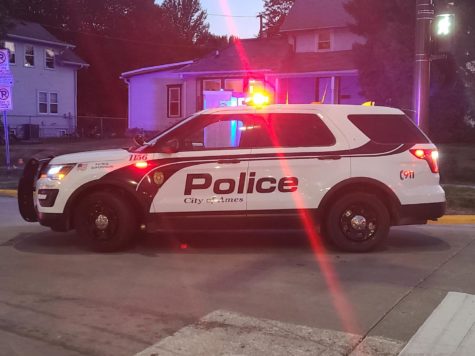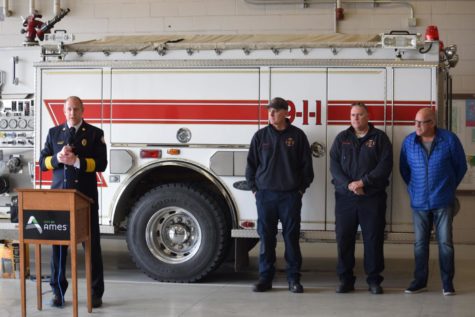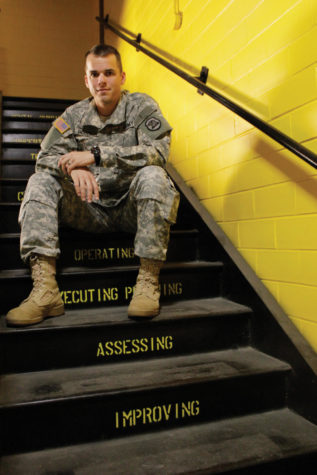New technology after 9/11 helps in emergency situations
September 9, 2011
Improvements to technologies have made responding to and dealing with emergencies easier since the Sept. 11 attacks.
When 9/11 occurred, the network flooded due to the large amount of calls, making it difficult for communication to occur.
The twin towers were part of the communications infrastructure, and with those gone, it left a big gap that was difficult to maneuver around.
A new technology that has emerged to try to help in emergency situations is ad hoc wireless networks technology.
Ad hoc wireless networks technology is where computers, cellphones and other devices talk not only to a main router or server, but they can talk to each other as well.
“It gives you the capabilities to talk to each other,” said Lei Ying, assistant professor of electrical and computer engineering.
With this technology, if a main server is disrupted, such as during the Sept. 11 attacks, computers could form networks with each other, helping to re-establish and keep the web of communication intact.
When talking of the importance of ad hoc wireless networks technology, Ying said, “I believe it is the next generational technology. It provides ways to coordinate and exchange information and it provides easier contact abilities.”
Another emergency rescue technology being tested is rescue robots.
Although rescue robots were not used during 9/11, they are becoming a resourceful tool in the field.
Rescue robots are more commonly used as search-and-find technologies in the field now, but some scientists are hoping to change that someday.
Why bigger robots are not being used is simple.
First, robots are expensive to make. Robots also can be unstable.
“Robots can falter, they can be hard to control, and the information sent can be interpreted wrongly by the human operators,” said Yan-Bin Jia, associate professor of computer science.
One of the more common rescue robots at this time is the snake robot, which can fit in and crawl in areas where humans can’t. They also are cheaper to make and use than larger robots that can be used to lift heavy objects
A snake robot has a camera at the front of its body, which sends the information back to those who are guiding it.
While these robots have a limited range for now, improvements in technology will hopefully someday make their range greater.
A third technology used in emergency response situations is ham radios, or amateur radio.
Ham radios are simple compared to cellphones, computers and other modern devices.
While some may have data-transferring abilities or a repeater system, ham radios do not need these things to function.
Ham radios allow people to communicate directly to each other, as long as you’re on the right frequency. They are able to communicate within a town or even to people in different nations.
Ham radios have been used in emergency situations before, with Hurricane Katrina and 9/11 attacks as examples.
Amateur radios also help out services like the Red Cross and other similar services.
“Part of why we’re on everyone’s backup plan is because we like to keep it simple, because it works, it’s always worked,” said Clint Miller, an emergency response coordinator for the Amateur Radio Emergency Service of Story County. “We can be independent of the infrastructure, if we need to be. As we say, ‘When all else fails, ham radio.'”
While emergency responders like police officers or firefighters have a specified frequency range, ham radios have a full range. This means if one frequency is jammed, radios can switch to another.
When asked about the problems that might arise from having to switch frequencies, Miller said, “We have a list that tells people if this frequency doesn’t work, we go to this one; and if that one doesn’t work, we switch to the next one down.”
When a disaster occurs, the communications that take place in the immediate area can jam up lines, making it hard for information to get in or out. Ham radio operators help in that situation.
“We’re that last mile, between a disaster zone and the public,” Miller said. “We help filter news in and help get news out to others.”









